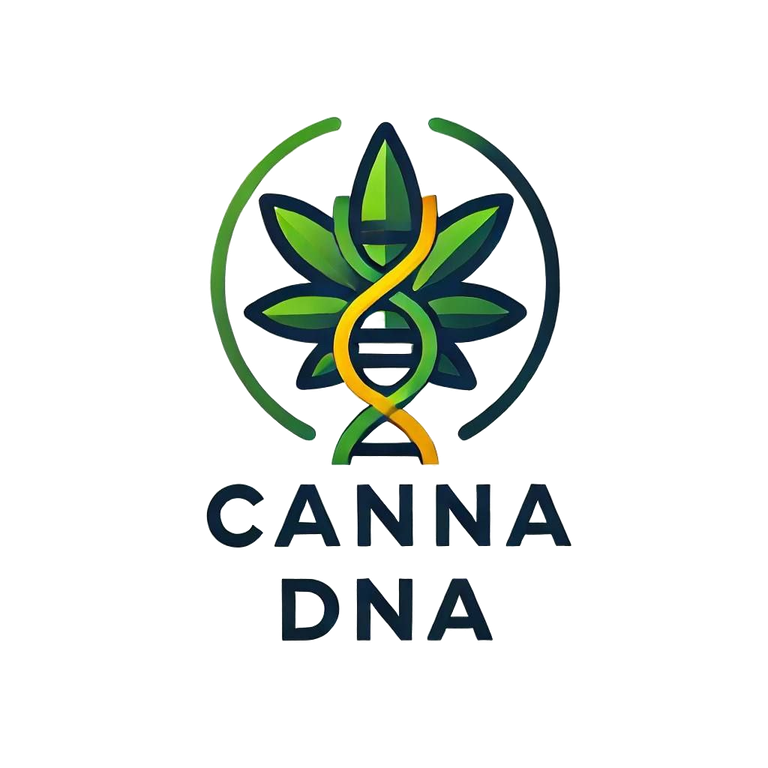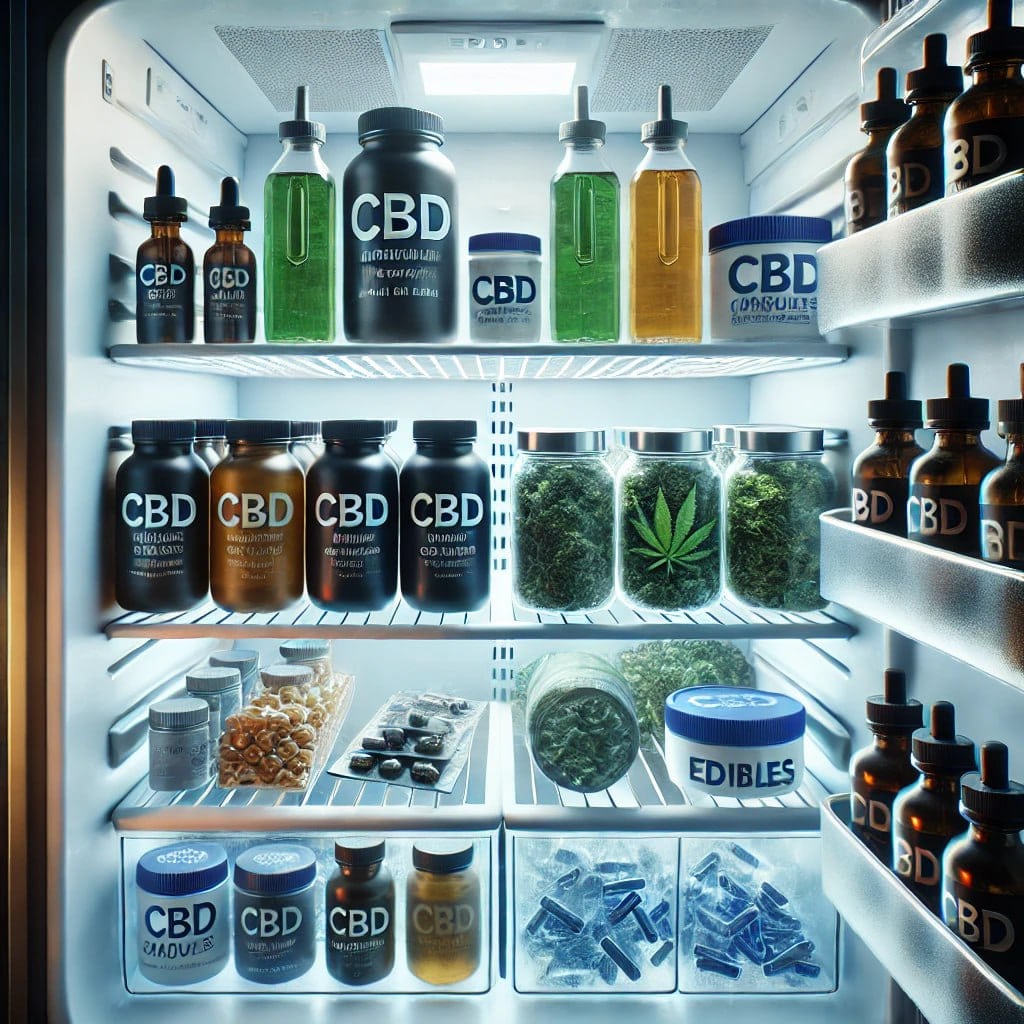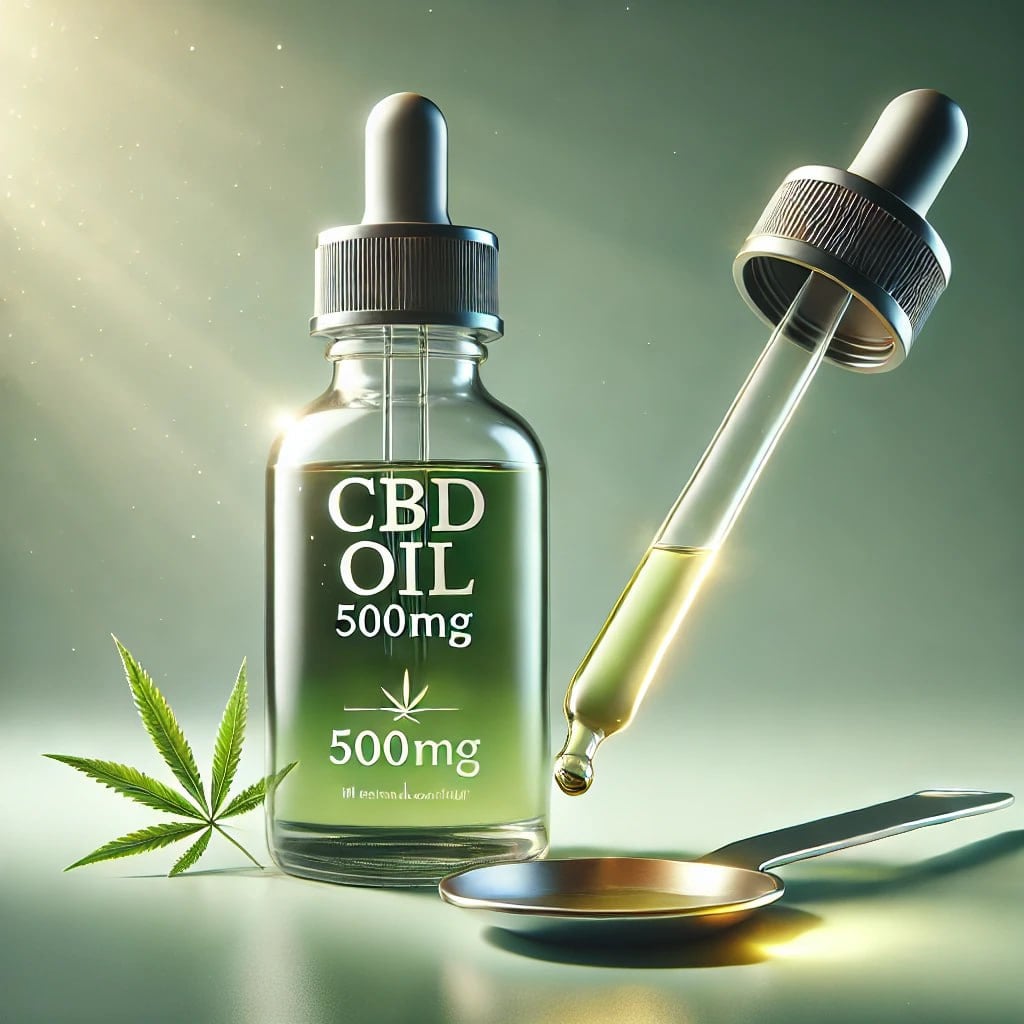Would I feel calm after my first dose? Would I notice a difference? Was I even choosing the right form of CBD to begin with? Many people are curious about how to incorporate CBD into their lives. By the end of this article you will know how to navigate your CBD journey — especially if you’re a beginner.
Forms of CBD
CBD exists in a variety of forms and each can offer a different experience. Here’s a quick rundown:
- CBD oil: You typically place the oil under your tongue. If you’re not a fan of the flavor, you can mix it into your favorite drink.
- Capsules and softgels: They are easy to swallow and don’t have to be measured. However, they can take a bit longer to kick in as your body needs time to digest them.
- Edibles (gummies, chocolates, cookies, etc.): If you have a sweet tooth you will love CBD edibles. They come in all shapes and flavors. The downside is a slower onset as the CBD must go through your digestive system.
- Lotions, creams, balms: It’s not typically the first choice for general stress relief, but it’s perfect if you have a problem target area.
- Vapes: Vaping CBD can offer a very quick effect. It is inhaled into the lungs and enters your bloodstream quickly. Still, you can explore other options if you’re concerned about the potential health risks of vaping.
For beginners starting with what feels most comfortable to you — perhaps CBD oil or gummies — because they are very easy to use and dose.
Dosage guidelines
CBD products range from low potency (5–10 mg of CBD per serving) to high potency (50 mg or more per serving). It is recommended to start low and gradually heighten.
- Start low: Beginning with 10–15 mg of CBD per day is a good approach. This allows you to see how your body responds without overdoing it.
- Give it time: It often takes a week or two before you notice any consistent effects. This is totally normal.
- Listen to your body: If you’re not getting the desired results after a week or so you can gradually increase your dose by 5–10 mg every few days.
Everyone reacts differently. I’ve met people who only need 5 mg to unwind while others require 25 mg for the same effect. Pay attention to how you feel and don’t be afraid to experiment carefully.
How to pick the right form
Do you have a busy schedule? Capsules might be your best bet — just swallow and go. Prefer a quicker effect? You might look into oils or vapes. Have a sweet tooth, or want something discreet? Then edibles could be your perfect match.
I like having a small bottle of CBD oil in my bag, so I can easily measure my dose when I need a quick moment of calm. But I also enjoy gummies, especially if I’m craving something sweet after dinner. Think about your daily routine and pick a form of CBD that will fit right in.
Potential benefits
The main reason I turned to CBD is stress relief and a better sense of balance in my life. Many people use CBD to support better sleep, manage everyday aches, wind down after a long day. It’s important to note that CBD isn’t a magic cure-all. But some potential benefits include:
- Stress reduction
- Support for healthy sleep patterns
- A sense of calm and relaxation
- Relief for mild aches and discomfort
Common concerns are often around side effects (such as dry mouth or drowsiness) and legality. The good news is that hemp-derived CBD with less than 0.3% THC is legal at the federal level in many places.
Tips for selecting high-quality CBD products
With so many CBD brands popping up, how do you make sure you’re getting something safe and effective? Here are my top tips:
- Third-party lab tests: Good brands provide lab test results confirming the cannabinoid content and the absence of harmful contaminants.
- Reputation and reviews: it’s usually a good sign if a company is consistently recommended and has positive user feedback.
- Clear labels: A reputable brand will be transparent about the amount of CBD per serving and the total CBD content.
- Organic and natural ingredients: Choose products made from organically grown hemp and natural flavorings.
Once I made the mistake of buying cheap, low-quality CBD from unknown sources. Trust me, it’s worth spending a bit more for peace of mind and a better experience.
How to track your CBD experience
Tracking your experience helps you identify which dosage and form work best for you. Here’s how I did it:
- Write down dosage and form: Whether it’s 10 mg of CBD oil in the morning or a gummy in the evening.
- Record effects: Did you feel relaxed? Did you sleep better? Or maybe you felt no noticeable effect at all?
- Adjust as needed: If after a week you see little to no benefit, slightly increase the dosage. If you start feeling drowsy or any side effects, consider lowering it.
This simple habit helped me figure out exactly what works and what doesn’t, so I could confidently choose the right product and dose.
Summary
So, which form of CBD might be best for a beginner? It depends on his lifestyle, comfort level, and what he wants to achieve. Oils and tinctures offer quick absorption and flexible dosing. Capsules, edibles, and gummies are super convenient and discreet — ideal if you’re always on the go or prefer a sweet treat. Meanwhile, topicals are best if you’re focused on targeted relief. Vapes can provide quick effects.
There’s no one-size-fits-all solution. The “best” form of CBD is the one that complements your lifestyle and individual needs. I hope this guide helps you take your first step with confidence!



